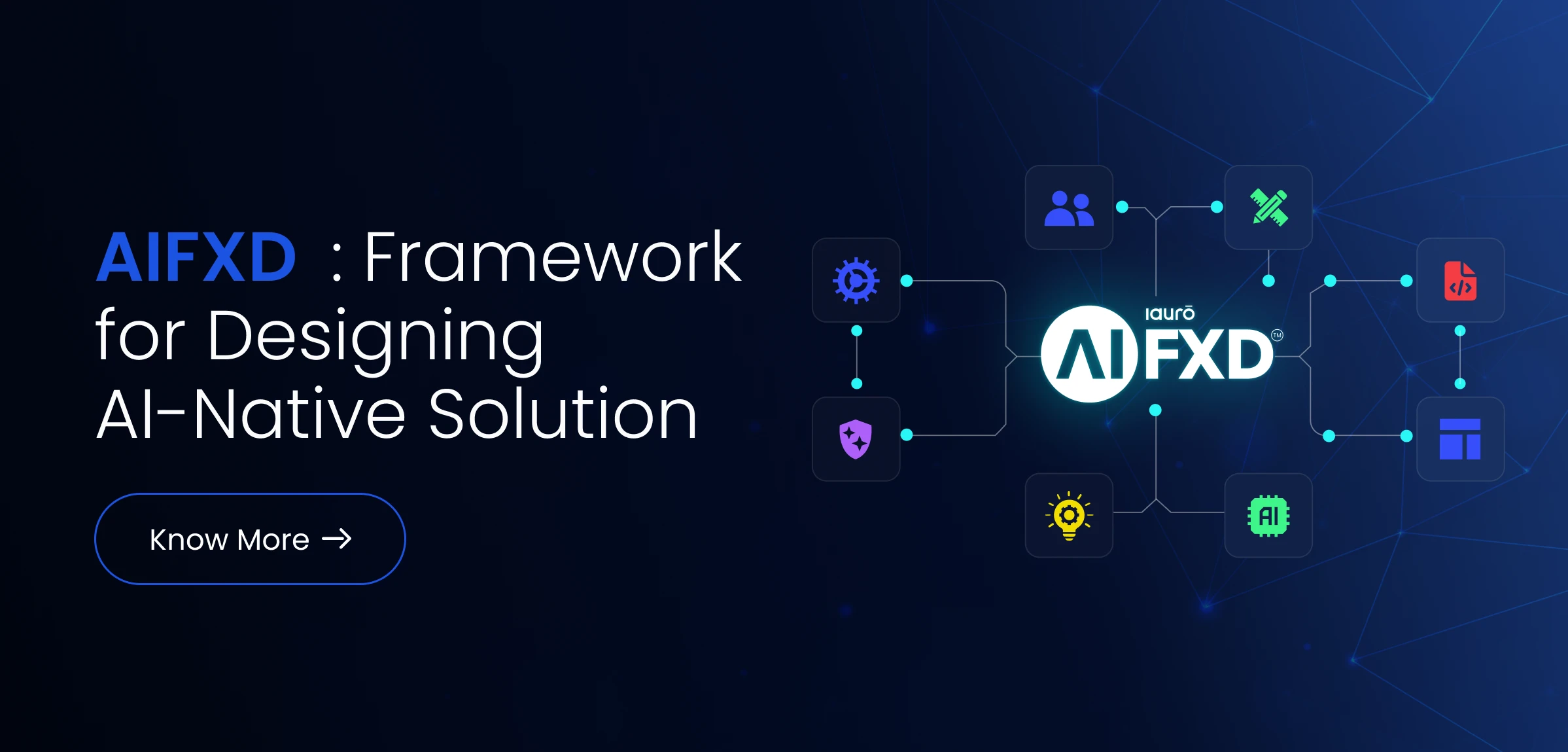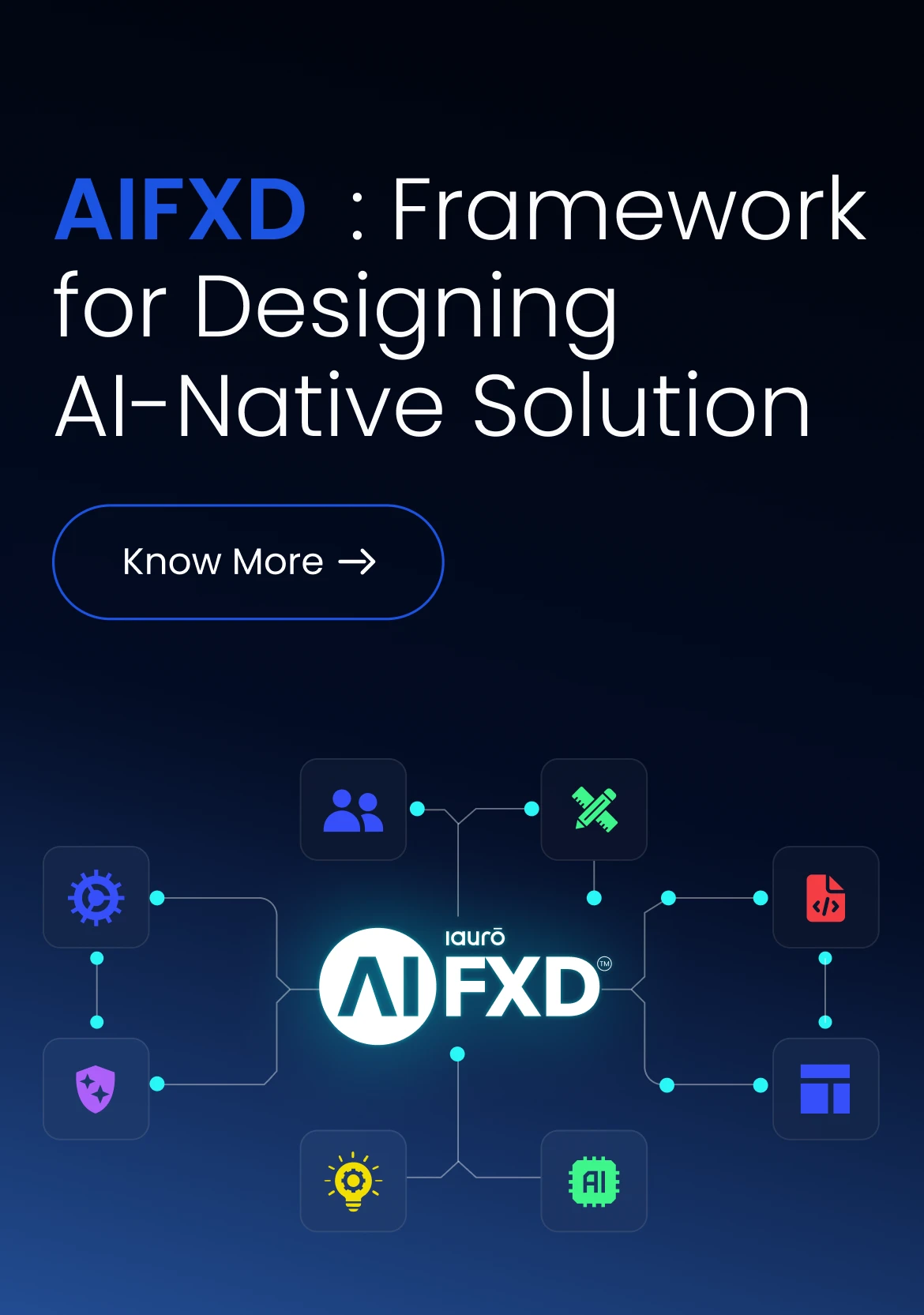Get your tasks streamlined to perfection with IO Flow
IO Flow Capabilities
Customizable Source Code
Domain
Agnostic
Complete
Microservices Integration
Process Mining Optimization with OCEL Standards
GenAI & LLM Integration
MACH & BPMN Standard Compliant
Easy-to-integrate
Open-source Architecture
Customizable Source Code
Domain Agnostic
Complete
Microservices Integration
Process Mining Optimization with OCEL Standards
GenAI & LLM Integration
MACH & BPMN Standard Compliant
Easy-to-integrate
Open-source Architecture
IO Flow Tech Stack
Value Proposition
Intelligent Task Management
with Real Time Updates
Streamline task allocation, assign responsibilities, and monitor progress for optimal workflow completion. Receive instant notifications about workflow advancements, task statuses, and team members' updates to stay up-to-date.
Smart Dashboard and
Precision Troubleshooting
IO Flow's smart dashboard offers a user-friendly interface for businesses, enhancing operational efficiency and strategic decision-making. With sophisticated diagnostic tools, swiftly pinpoint and resolve workflow issues for flawless execution.
Create Intuitive Input Interfaces
Craft and personalize forms that effortlessly capture user input, optimizing data collection in your workflow processes.
Workflow Orchestration
Unlock deep insights into your processes through robust observability tools, enabling performance monitoring and bottleneck identification.


Business Benefits

- IT – Integrated systems, on-time project delivery.
- Operations – Streamlined processes, real-time visibility.
- Finance – Automated workflows, accurate financial reporting.
- HR – Efficient talent management, accelerated onboarding.
- Marketing – Collaboration empowered, campaigns streamlined.
- Sales – Unified customer data, increased conversions.


Where Design Meets Efficiency
Let’s connect and explore
how our expertise can elevate your business
Where Design Meets Efficiency
Let’s connect and explore
how our expertise can elevate your business


